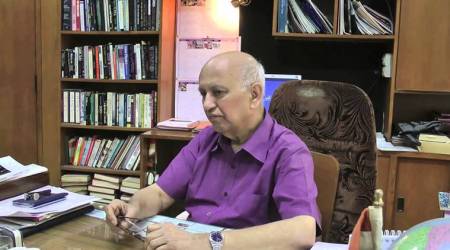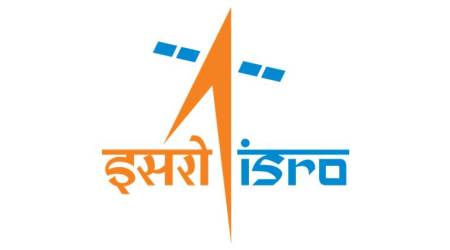 U R Rao was a great motivator of people.
U R Rao was a great motivator of people.
It was the 1970s. We had lost Vikram Sarabhai, the father of the Indian space programme, in December 1971. Satish Dhawan became the second chairman of Indian Space Research Organisation (ISRO) after a brief gap that M.G.K. Menon filled. There was an agreement between India and the Soviet Union that ISRO would develop a satellite heavier than the 40 kg one that we were building at the time, and it would be sent to orbit in a Soviet launch vehicle.
Sarabhai had entrusted the task to his former student and protégé, U.R. Rao. That essentially meant the following: First, a laboratory had to be built, as there were no labs to build a satellite of this kind. It was decided to locate it in Bangalore because it had a lot of aerospace industries and other supportive elements. Then the manpower had to be created from scratch. And the very knowledge of building this satellite had to be developed.
The deadline set by Indira Gandhi: 30 months. It was a tall order. But we did it — we delivered Aryabhatta, India’s first satellite, not in 30 months, but, under Rao’s leadership, we completed it in 36 months. It was a great, exciting journey for the whole team. That was Rao’s first big milestone at ISRO.
Rao got his MSc degree in Physics from Benares Hindu University. He was among the first to work on an interplanetary mission when he was at the South West Centre for Advanced Studies at the University of Dallas in Texas. He had moved there after a stint at MIT. In Dallas, he got an opportunity to work in the American Pioneer 6, Pioneer 7 and Pioneer 8 inter-planetary missions. It was a major effort at that time, supported by NASA.
When he came back, he joined his guru Sarabhai in India’s nascent space and satellite programme. In order to keep the 30-month deadline, we had to rent industrial sheds in Peenya, on the outskirts of Bangalore. There was no time to build big buildings. We converted the sheds into rooms to meet the requirements of satellite building.
After the launch of Aryabhatta, there was a national appreciation of ISRO’s work. It was decided to build a more permanent place. And that was also entrusted to Rao, to set up the ISRO building, to create modern labs, and become the nerve-centre of India’s future satellite space programmes.
In 1985, when Rao succeeded Dhawan as ISRO chairman, PSLV had just begun to be developed, SLV had been successfully flown, ASLV had also reached a level of success. PSLV was the most important vehicle that was to become the workhorse for ISRO’s many satellite programmes. This is one thing on which Rao worked during his tenure of nine to 10 years. Even though it can be characterised as not having succeeded, it is important to know that we missed it by a whisker. Rao also initiated the work, design and development of the GSLV-1 and laid the foundation for GSLV-2.
Those who criticise us for our space programme do not understand how we are using this for our socio-economic development. Our planners, pioneers and policymakers realised the importance of this. The present PM too is fully behind the efforts not only for rockets and satellites but also the way these are deployed for grass roots development. The countries that criticise us are the ones who are incapable of doing what we have done — to have developed a full system from end to end, and to use space for national development.
Rao was a great motivator of people. I worked with him for decades. The inspiration and guidance I received and his insights while dealing with complex systems were the results of working with him. They were extraordinary as a group, the men who led the early years of ISRO.
(As told to Nirupama Subramanian)

